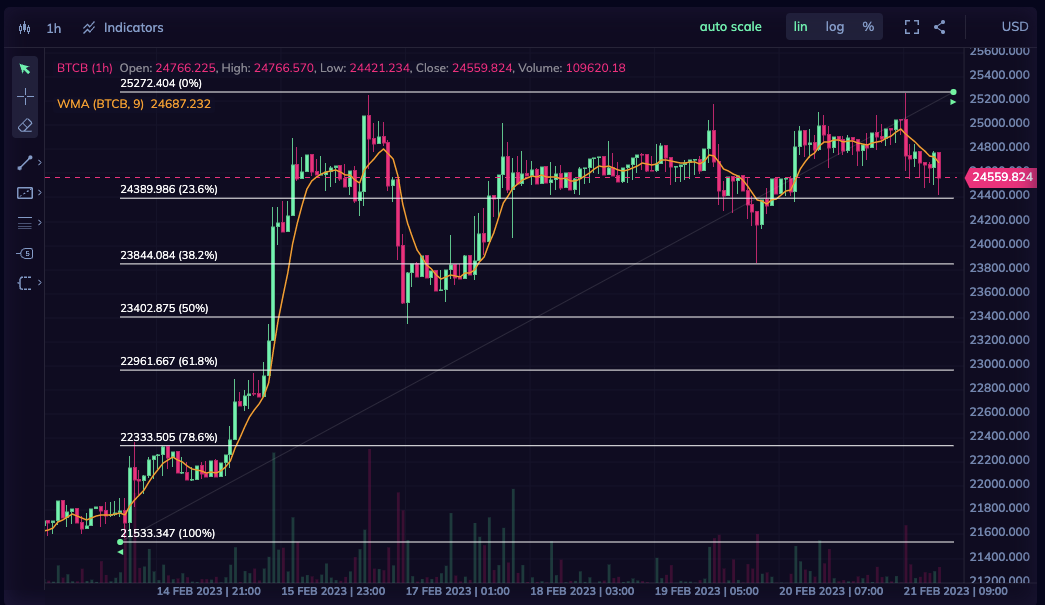What is a Block in a Blockchain?
A block is a collection of transactions that are grouped together and added to the blockchain.

Blockchain is a decentralized digital ledger that enables secure, transparent, and tamper-proof transactions. It achieves this by grouping transactions into blocks, which are then added to the blockchain in a sequential order. In this article, we will explore what a block is in a blockchain and how it works.
What is a Block in a Blockchain?
A block is a collection of transactions that are grouped together and added to the blockchain. Each block contains a unique code called a "hash," which is a digital fingerprint that identifies the block and its contents. The hash is created by running the contents of the block through a cryptographic algorithm, which produces a fixed-length string of characters that is unique to that block.
Each block in the blockchain contains three main components:
- Block Header - This is a metadata section that contains information about the block, such as the hash of the previous block, the time the block was created, and the nonce.
- Transactions - This section contains the transactions that are being added to the blockchain. The transactions can include information such as the sender's address, the recipient's address, and the amount of cryptocurrency being transferred.
- Hash - This is the unique code that identifies the block and its contents.
How Does a Block Work in a Blockchain?
When a new block is added to the blockchain, it must be verified by the network of nodes that make up the blockchain. Each node in the network verifies the transactions in the block to ensure that they are valid and that the sender has enough cryptocurrency to complete the transaction.
Once the transactions have been verified, the node creates a new block header that includes the hash of the previous block in the blockchain. This creates a chain of blocks, hence the name "blockchain." Each new block that is added to the chain must contain the hash of the previous block, which links the blocks together and creates a tamper-proof record of all transactions on the blockchain.
Finally, the node must solve a complex mathematical problem called a "proof-of-work" algorithm. The solution to this algorithm is called a "nonce," which is included in the block header. The nonce is a random number that must be found through trial and error, and it is used to ensure that each block on the blockchain is unique and cannot be altered or tampered with.
Conclusion
In conclusion, a block is a collection of transactions that are grouped together and added to the blockchain. Each block contains a unique hash that identifies the block and its contents, and it is linked to the previous block in the blockchain, creating a tamper-proof record of all transactions. The process of adding a block to the blockchain involves verifying the transactions, creating a new block header, and solving a proof-of-work algorithm to create a unique nonce. By using blocks, the blockchain ensures the integrity, security, and transparency of all transactions on the network.




